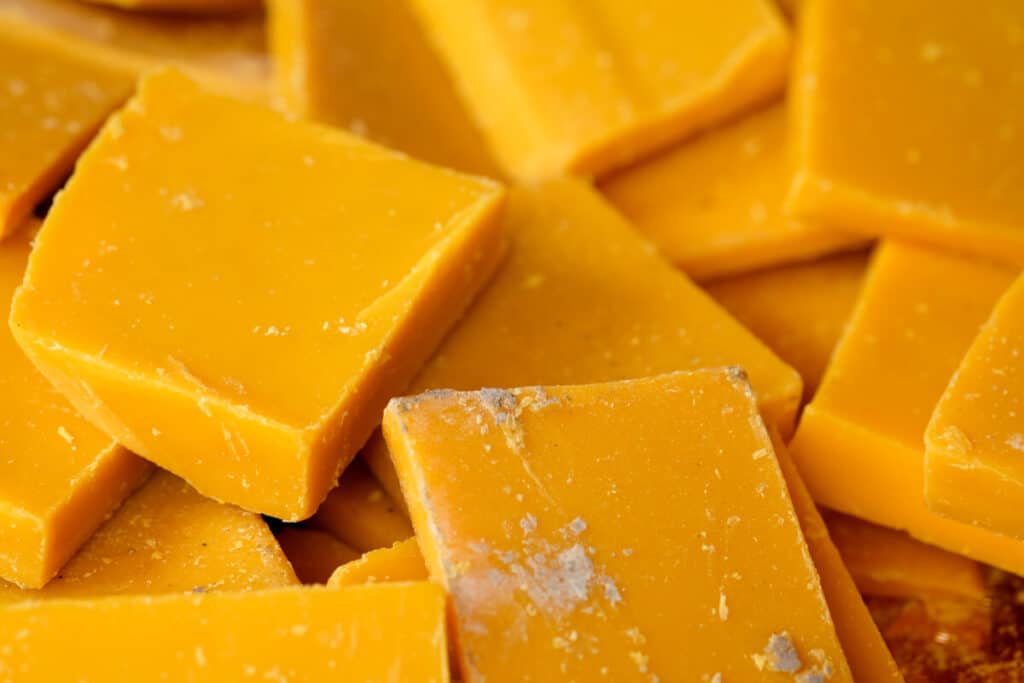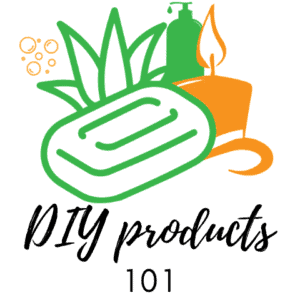Why candles crack is arguably the most common question that has been asked by many candle makers online. So I did some research, and here is what I came up with.
Do you dream of creating your own beautifully scented candles that put store-bought ones to shame? Are you tired of feeling envious of those who effortlessly craft stunning candles for their homes or businesses? If so, we have the perfect solution for you! Candle Making 4 You™ is a comprehensive step-by-step guide that will turn you into a master candle maker – whether you’re a complete beginner or an experienced hobbyist. This system will teach you everything you need to know to create candles that look professional and smell amazing.
Making your candles can be fun; however, it doesn’t come without its challenges. Pouring at the wrong temperature, for example, can be disastrous. Each mistake can result in candles that sink in the middle, tunnels, or cause your candles to not burn at all.
However, candle cracks are probably the most common problem many novice candlemakers encounter. So, let’s see why this happens and how we can prevent or solve it.
Why are my homemade candles cracking?

There can be many reasons for your candles to crack, but luckily in most cases, it’s something you can fix quickly and easily. So let’s see the most common causes for your candles to crack on the surface.
- Candle cooled too fast:
I understand that sometimes you would want to accelerate the process to get your candles done faster, but trying to cool it too fast is the number one cause for your candles to crack on the surface. Sometimes, your candles might dry too fast even though you didn’t do anything to cause this. In that case, check out this article. You might find your answer.
How to solve this:
Well, the obvious solution would be, don’t cool it too fast :). You should always cool your candles at room temperature; this means the room temperature must be controlled. I mean that it may affect the outcome if it’s too cold (or too humid) outside. - You put them in a freezer:
Some would suggest putting your candles in the freezer, but this, again, will cause cracks.
How to solve this:
Do not ever put your candles in the freezer. Putting them in the freezer will make them brittle and will most likely crack. - Not poured at the right temperature:
Pouring at the right temperature is crucial, so using a thermometer in this situation is crucial. If you pour a little too hot or a bit too cold, you might end up with cracks on the surface.
How to solve this:
This may need some testing because of the room temperature you are working in, so you may need to adjust the heat by +/- 5° to find the right spot. In most cases, pouring at a little hotter temperature should get the job done. - You refilled the well in the candle after the wax in the mold was too hard:
Timing and temperature go together; if one fails, so will the other. So if you fill the well in a paraffin candle after the wax has cooled off too much or when it has completely hardened, you will end up with cracks.
How to solve this:
An easy solution is to pour a second time, and this should be done when the candle is still a little warm. - Vigorously stirring or stirring too much:
Stirring or over stirring will create small air bubbles, and these air bubbles get trapped when your candles start to cool off. Eventually, they convert to small holes, which make your candles crack.
How to solve this:
When stirring, try to do it at the same speed. Please, do not stir too fast because there is no point in doing that. You’ll just end up with a mess. With the right temperature and stirring at a slow speed, you should be able to avoid air bubbles altogether. - Your candles did not cool evenly:
When cooling your candles, leaving them too close to each will cause them to cool down unevenly. This is especially the case with Glass containers placed too close to each other, which will hold their heat on the adjacent sides. This causes those sides to cool more slowly than the rest of the jar.
How to solve this:
There should be at least a 2″ – 3″ distance between each jar to be on the safe side. Make sure to cool them from the bottom to the top, and also elevate your candles while they cool off using a wire rack. Try to increase the airflow below the candles to have an even cooling. - Pouring too fast into containers:
Pouring too fast causes more air bubbles to get trapped in the wax, hindering it from cooling down evenly.
How to solve this:
Pouring your wax slowly is the only solution; you can do that with the help of a pouring pot. They are inexpensive, and you can find them almost anywhere.
What to do if your candles have cracks?

Let’s presume you have a big batch of candles you made; unfortunately, most of them ended up with big cracks in them. Don’t worry. It’s not the end of the world yet. There is still a way to save them.
Use a heat gun:
You can use a heat gun to melt the candle’s surface; the melted part will fill the cracks (and or holes). Just make sure to tap out the small air bubbles before doing this.
Tapping the container:
As mentioned earlier, If you have, by any chance, small air bubbles trapped, you can get them out by tapping the container. However, ensure not to tap too hard, you are working with glassware, so it might shatter!
Save some extra melted wax for later:
When you pour your candles, always leave some for later. This will help you fill out the cracks in case needed and other issues you may encounter, like sinkholes in the middle or uneven surfaces. You can also melt some leftover wax, pour it on the surface, and fill in the cracks.
Coating your containers or molds:
Using a small amount of coconut oil or any other natural oil to coat the container or mold will help prevent the beeswax from being stuck on the sides, which may be the cause of cracks.
Conclusion
One thing I understand is the use of a thermometer to make homemade candles is indispensable. If you rush it, you’ll only end up with cracks or other problems. Making homemade candles can only be done with patience. Knowing that pouring melted wax slowly and steadily and at the right temperature is crucial. If you have some cracks, you can still fix them relatively easily, but preventing them is probably a better idea.

